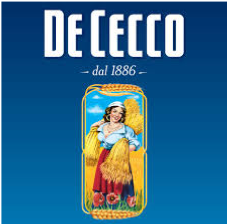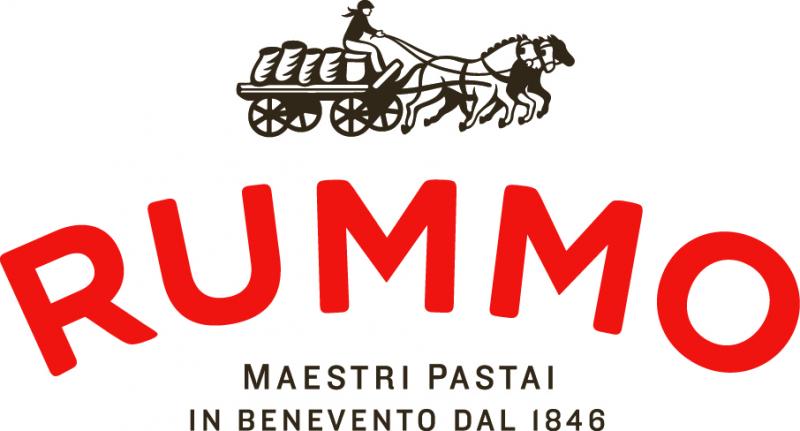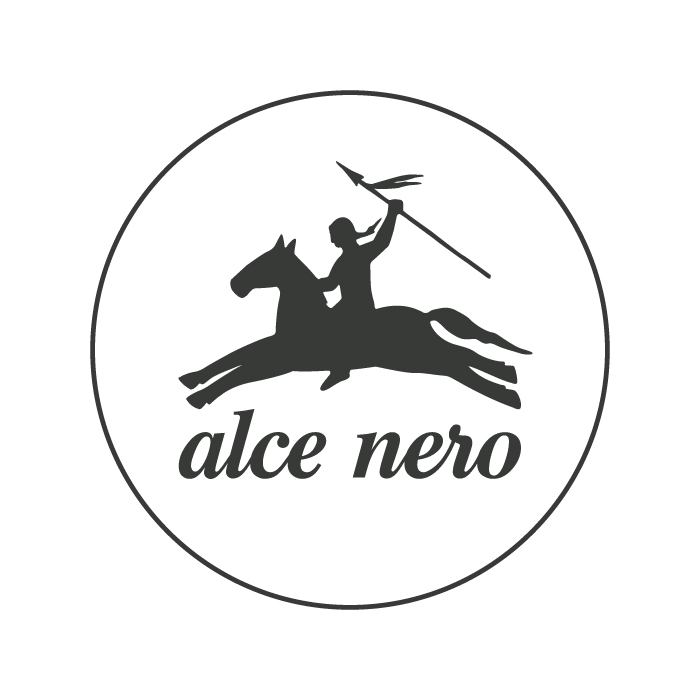Sintesi
As of 2020, the Italian pasta market remains robust and highly regarded for the quality of its products. Italy continues to be a top pasta producer and exporter, with export volumes greatly outpacing imports; in 2020, exports surged by almost 17% due to increased demand during the pandemic. The market saw a growing interest in 100% Italian wheat products and a boom in sales of pasta, particularly during the initial months of the COVID-19 lockdown, with a 45% volume increase and a 53% value increase for pasta and semolina. The demand shift towards sustainable products spurred developments in packaging and product offerings, with a notable example being the 8.5% rise in gluten-free pasta sales by the end of 2021. Market dynamics reveal a trend in mergers and acquisitions, epitomized by Barilla's acquisition of Pasta Zara for 118 million euros. Pasta prices are expected to climb, influenced by raw material and energy costs. Regulatory changes now mandate clearer labeling of the country of origin for primary ingredients. The market is segmented with significant players such as Barilla and De Cecco leading while many small artisanal producers contribute to market fragmentation. Lastly, environmental consciousness is driving the production of organic, whole wheat, and 'green' pastas, a trend primarily propelled by Generation Z's preferences.
Evolution of Italy's Pasta Market: Tradition, Health, and Sustainability
The pasta market in Italy showcases a rich tradition with significant growth and shifting consumer preferences. In examining the recent evolution of Italy's pasta market, it's clear that demand has been shaped by cultural preferences, health consciousness, and the impact of global events like the COVID-19 pandemic. Italian consumers have maintained a strong loyalty to pasta, evidenced by the considerable per capita consumption figures, standing at an average of 23 kilograms per person each year. This undying affection for pasta is further highlighted by their spending habits; the average monthly expenditure per Italian family for pasta products hovers around €11.60, showing a modest yet steady increase of around 2.1% over five years. Interestingly, the market has noted a significant rise in demand for specific pasta categories. Gluten-free pasta, for example, experienced an 8.5% surge in revenue by the end of 2021, reaching a monetary height between €45 and €50 million. The pandemic induced a notable shift towards more "Made in Italy" products, as Italians embraced the Mediterranean diet with a renewed vigor, which saw an 11% average boost in consumption of staple foods. Sustainability has also emerged as a crucial factor.
The Italian pasta sector has responded to the environmentally conscious consumer by offering products with more sustainable packaging and emphasizing green practices in production, which has resonated particularly well with the environmentally conscious Generation Z. Larger enterprises such as Barilla have capitalized on market dynamics through acquisitions, solidifying their presence within Italy's fragmented yet vibrant pasta landscape that boasts an array of small-scale entrepreneurs. Regulatory changes, mandating clearer labeling of product origins and ingredients, reflect an increased consumer desire for transparency in their pasta choices. In summary, Italy's pasta market remains a deeply rooted and growing domain, with consumer demand influenced by traditional preferences, health-driven selections, sustainability considerations, and evolving regulatory frameworks. As the market adjusts to these trends, it retains a strong and diversified offering, ranging from classical durum wheat pasta to innovative organic and gluten-free alternatives.
Key Players in the Italian Pasta Market: Tradition Meets Global Influence
As we delve into the landscape of the Italian pasta market, several major players stand out for their impact and dominance in the industry. These companies hold a significant position not just in Italy, but also in the global pasta scene, shaping consumer preferences and setting industry benchmarks.
- Barilla: The Global Pioneer Barilla is not only a household name in Italy but also a global ambassador for Italian pasta. As a multinational, it carries the flag of Italian culinary tradition across the world. The brand's extensive product range, innovative marketing strategies, and commitment to quality have made it a leader in the pasta market. Their commitment to sustainability and environmentally friendly practices further enhance their reputation among conscientious consumers.
- De Cecco: Quality That Transcends Borders De Cecco is another dominant force in the Italian pasta market. It is known for its high standards of quality and the traditional methods it uses to create its pasta. With a history that dates back to 1886, De Cecco has consistently kept the authenticity and heritage of pasta-making alive while embracing modern practices that ensure its relevance in today's market.
- La Molisana: A Blend of Tradition and Innovation La Molisana is another key player that has carved a niche for itself with its premium pasta products. A slightly more recent entrant compared to Barilla and De Cecco, La Molisana has quickly established itself as a go-to brand for those seeking authentic Italian pasta. With a focus on innovation, they have introduced unique pasta shapes and varieties that cater to contemporary preferences while maintaining their commitment to traditional processes.
- Rummo: The Pursuit of Perfection Rummo, with its meticulous attention to detail, has won the hearts of many pasta enthusiasts. The company prides itself on a ‘Methodo Rummo,’ an aspect of pasta production that emphasizes the perfect al dente texture. Their dedication to quality and the art of pasta-making have secured Rummo a loyal customer base and a respected spot in the Italian pasta market.
- Garofalo (Ebro Food Group): A Historical Staple with a Modern Touch Lastly, but certainly not the least, Gruppo Garofalo (part of the Ebro Food Group) is another significant name in pasta production. With historical roots in the renowned pasta-making town of Gragnano, Garofalo maintains traditional techniques while employing modern approaches to distribution and marketing.
per comprendere questo mercato
Dettaglio del contenuto
 Informazioni
Informazioni
- Pagine : 30 pags
- Formato : Versione PDF e digitale
- Ultimo aggiornamento : 25/01/2022
 Riepilogo ed estratti
Riepilogo ed estratti
1 Market Overview
1.1 Definition and presentation
Pasta is a food product made of flour, durum wheat semolina, salt, water and sometimes other cereals and eggs. The pasta market is structured around the production and marketing of dry pasta and fresh pasta.
Over the past two decades, global pasta production has grown 63%. The dry pasta segment is expected to continue to grow at a rate of 2.3% through 2025, while fresh pasta will continue to grow at a rate of 1.3% over the same period.
Italians are the population with the highest per capita consumption of pasta, with 23.5 kilograms per year, followed by Tunisia, with 17 kilograms, and Venezuela, with 12 kilograms. Moreover, Italy is also the main pasta producing country. It is estimated, in fact, that the export of pasta made in Italy has increased, covering 56% of the global production.
The Italian pasta market is a highly concentrated market, especially for dry pasta, where large national players such as Barilla and De Cecco prevail. As far as fresh pasta is concerned, on the other hand, there are many stores and stores specialized in the production of fresh pasta, which must be consumed in a short time after being purchased.
The market has been recently renewed thanks to the enthusiasm of consumers towards healthy pasta and to the increasing attention to the sustainability of products. With this in mind, new offerings have developed that include not only gluten-free and grain-based pasta, but also new, more sustainable packaging.
1.2 The European pasta market in slow growth
Pasta production and consumption in the European Union is currently growing slowly (***). Estimated production in **** was *.* million tons, for *.* million tons of pasta consumed [***]
Pasta production and consumption European Union, ****-****, thousands of tons Source: ****
1.3 Key figures of the pasta market in Italy
The Italian pasta market sees an annual production of about *,***,*** tons among the different types of production, for an income of about * million euros, of which **.*% for domestic consumption and **.*% obtained from exports to foreign markets. The average Italian consumption of pasta per capita stands at ** kg per person per year, ...
1.4 Import and Export Analysis
The Italian pasta market is recognized worldwide for the excellence of its products. In fact, as the following chart shows, the value of exports is much higher than imports. Every year, on average, exports are ****% more than imports, and it would thus not relevant to compare them as they show completely ...
1.5 Impact of Covid-19
The spreading of Covid-** certainly opened a crisis without equal in modern history, but it also influenced Italians' purchasing and consumption habits.
The agri-food industry, and in particular the sector of pasta raw materials, such as cereals and flours, have been mainly influenced by the increase in domestic consumption. In the ...
2 Demand Analysis
2.1 Demand Overview
The Italian pasta market, being this a traditional and culturally representative product of the "bel paese", has specific characteristics in terms of demand. Pasta is one of the basic elements of Italian cooking and it is present in all the kitchens of Italians and that is why the demand for pasta ...
2.2 Demand Drivers
The demand for pasta in Italy is connected and moving in the same direction as some demographic indicators.
Average monthly expenditure per family for pasta
In order to understand the importance of pasta in the life of families, it is appropriate to analyze the average monthly expenditure a family sustains to ...
2.3 Geographical distribution of demand
Considering the above map, it is possible to see that the difference in the average expense each family sustains to buy pasta on a monthly basis does not differ drastically with respect to the region of residence. The differences in expenditure, even if minimal, are not only related to the cost ...
2.4 New demand trends
Use of raw materials and preparation techniques
In Italy, the variety of pasta types is very wide, it is estimated that at least *** different ranges of pasta are marketed, which can be clustered into dry and fresh (***). The product was not only consumed by celiac consumers, but also by those who ...
3 Market Structure
3.1 Market structure and dynamics
In Italy, the total number of companies operating in the production of pasta and couscous (***). In the graph below, it is possible to deduce that the total number of companies in the sector has decreased compared to **** and ****, from a total of **** entities in **** to an average of **** between **** and ****; only ...
3.2 Value chain
The value chain and operation of the pasta market in Italy are summarized below.
Source: ****
3.3 Mergers and acquisitions
Given the trends of recent years in the pasta market, of great importance have been the investments of large companies, such as Barilla, in the acquisition of smaller companies. These operations are carried out for a variety of reasons such as:
To increase their portfolio To develop new synergies and economies ...
4 Analysis of the offer
4.1 Type of offer
As already mentioned, as the Italian pasta market is very traditional, there are many types. Nevertheless, pasta can be divided according to two characteristics: composition and shape
Nutritional reference values for pasta, considering as sample *** g of dry durum wheat pasta, provide about *** calories, divided in carbohydrates, proteins and fats as ...
4.2 Prices
The price of pasta depends on a number of elements. As they are prepared using flour and wheat and water, in some variations with egg as well, it is worth expecting a correlation between the variation of pasta prices and that of the price of the raw material needed.
CPI assessment ...
4.3 New trends in supply
In the last ** years the production of pasta has seen many changes, differentiating its offer and developing new ingredients to meet different needs. Italy has so far led both the change and the market.
As far as trends are concerned, the consumer of the **st century and in particular of our ...
5 Regulation
5.1 Regulatory framework
Considering the production of pasta, from a legal point of view it is worth introducing the new regulation concerning the origins and sources of ingredients. The regulation states that, within the business structure, the operator in charge of consumer information about the food must indicate the country of origin or place ...
6 Player positioning
6.1 Segmentation
- De Cecco
- La Molisana
- Barilla
- Rummo
- Gruppo Ebro Food Gruppo Garofalo
- Alce Nero
 Grafica
Grafica
- Produzione e consumo di pasta
- Evoluzione del fatturato delle aziende con codice ATECO: 10.73 - Produzione di paste alimentari, di cuscus e di prodotti farinacei simili
- Valore dell'Export della Pasta
- Valore dell'Import della Pasta
- Destinazioni dell'Export della Pasta
Tutti i nostri studi sono disponibili online e in PDF
Ti invitiamo a consultare un esempio del nostro lavoro di studio su altri mercato!
ultime novità
Aziende citate in questo studio
Questo studio contiene un panorama completo di società di mercato con le ultime cifre e le notizie di ogni azienda :
 Perché Scegliere Questo Studio :
Perché Scegliere Questo Studio :
Accedi a più di 35 ore di lavoro
I nostri studi sono il risultato di oltre 35 ore di ricerca e analisi. L'uso dei nostri studi ti consente di dedicare più tempo e aggiungere valore ai tuoi progetti.
Approfitta di 6 anni di esperienza e oltre 1.500 studi settoriali già prodotti
La nostra competenza ci consente di produrre studi completi in tutti i settori, inclusi i mercati di nicchia o emergenti.
Il nostro know-how e la nostra metodologia ci consentono di produrre studi con un valore unico di denaro
Accedi a diverse migliaia di articoli e dati a pagamento
BusinessCoot ha accesso all'intera stampa economica a pagamento e ai database esclusivi per svolgere studi di mercato (+ 30.000 articoli privati e fonti).
Al fine di arricchire i nostri studi, i nostri analisti utilizzano anche indicatori Web (semrush, tendenze, ecc.) Per identificare le tendenze in un mercato e strategie aziendali. (Consulta le nostre fonti a pagamento)
Supporto garantito dopo l'acquisto
Una squadra dedicata al servizio post-vendita, per garantirti un alto livello di soddisfazione. +39 380 247 7810
Un formato digitale progettato per i nostri utenti
Accedi a un PDF ma anche una versione digitale per i nostri clienti. Questa versione consente di accedere a fonti, dati in formato Excel e grafica. Il contenuto dello studio può quindi essere facilmente recuperato e adattato per i tuoi supporti.
 Le nostre offerte :
Le nostre offerte :
the pasta market | Italy
- Quali sono i dati relativi alle dimensioni e alla crescita del mercato?
- Cosa sta influenzando l'andamento e l'evoluzione del mercato?
- Qual'è il posizionamento degli attori di mercato?
- Segmentazione e profilo delle aziende operanti nel mercato
- Dati e numeri da una molteplicità di fonti
Pacchetto di 5 studi (-15%) IT Italy
- 5 rapporti a 75,6 € IVA esclusa per studio da scegliere dal nostro catalogo italiano per 12 mesi
- Risparmiare il 15% sugli studi aggiuntivi acquistati
- Scegliere il rimborso del credito non utilizzato al termine dei 12 mesi (durata del pacchetto).
Consulta i termini e le condizioni del pack e del rimborso del credito non utilizzato.
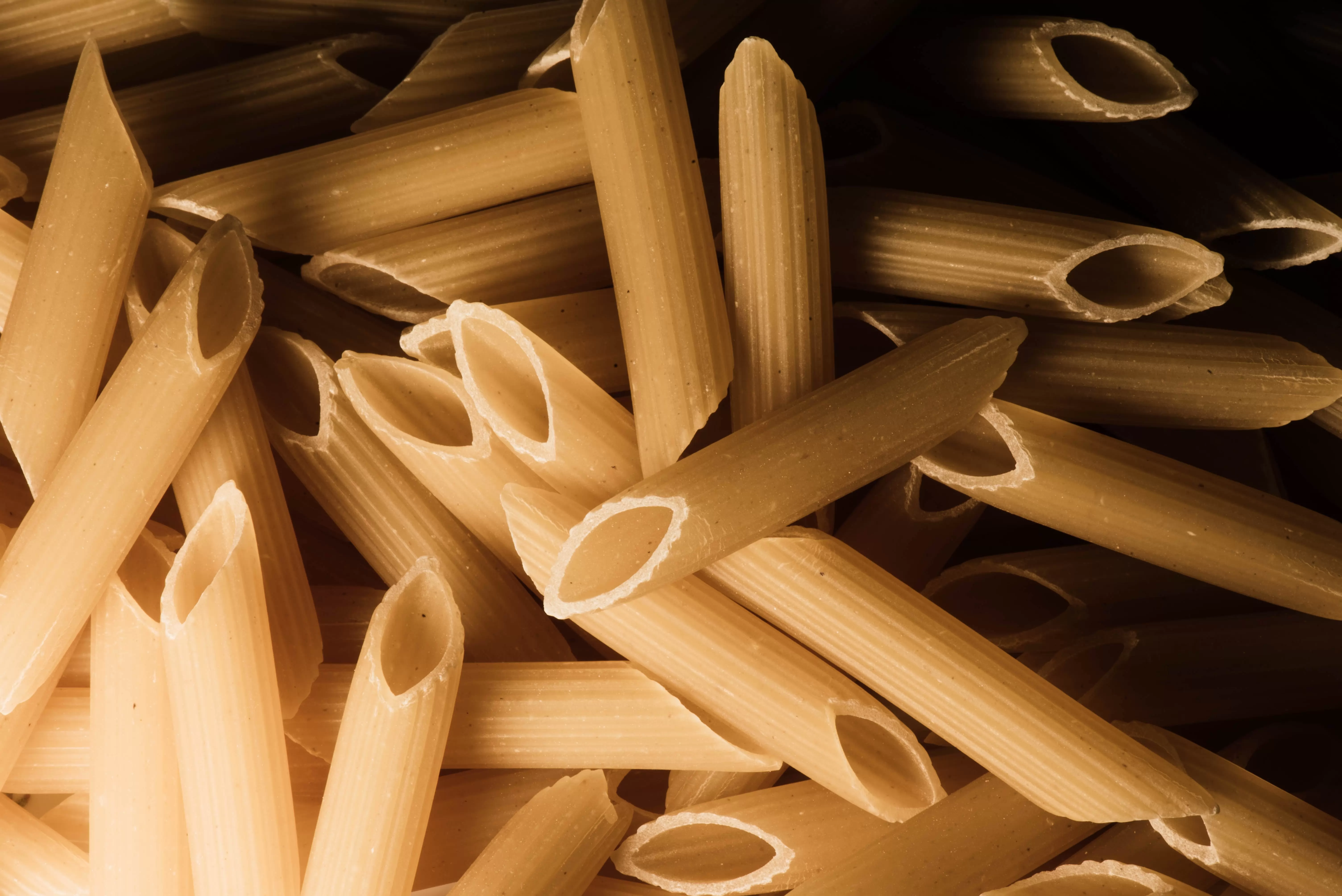




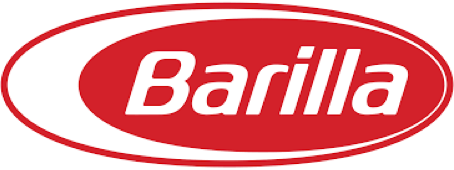 Barilla perde il secondo round della guerra dei biscotti - 02/04/2024
Barilla perde il secondo round della guerra dei biscotti - 02/04/2024
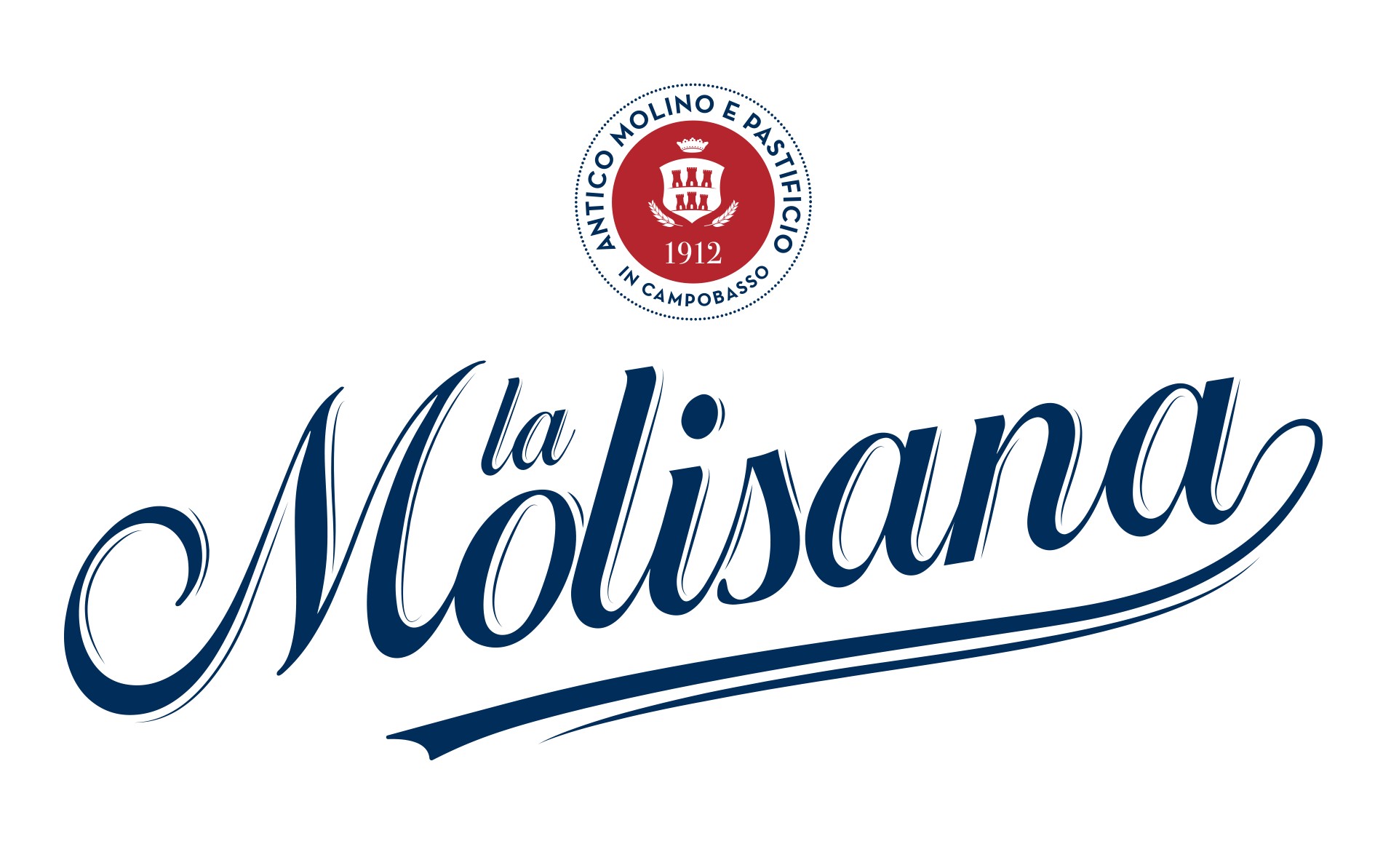 La Molisana continua a investire in Francia. - 16/02/2023
La Molisana continua a investire in Francia. - 16/02/2023
